
La Llorona
Who is a La Llorona?
La Llorona is a legendary figure in Latin American folklore.
She is a ghostly woman who wanders near bodies of water, crying for her children whom she drowned in a fit of rage or despair.
La Llorona was once a beautiful woman named Maria who married a wealthy or unfaithful man.
He either abandoned her for another woman or mistreated her and their two sons.
In some versions, she killed her sons and herself to spite him.
In others, she was distracted by her lovers and let her sons drown accidentally.
Either way, she was condemned to roam the earth as a spirit, looking for her lost children and luring anyone who hears her wails to their doom.
La Llorona is a popular ghost story that is often told to children as a warning or a scare tactic.
She is also associated with La Malinche, the indigenous woman who served as Hernán Cortés' interpreter and lover during the Spanish conquest of Mexico.
La Malinche is seen as both the mother of the mestizo people and a symbol of betrayal for her role in aiding the Spanish.
La Llorona has inspired many artistic and cultural works, such as movies, songs, books, and paintings.
The Curse of La Llorona is a 2019 horror film based on the folklore of La Llorona.
Example of the color palette for the image of La Llorona
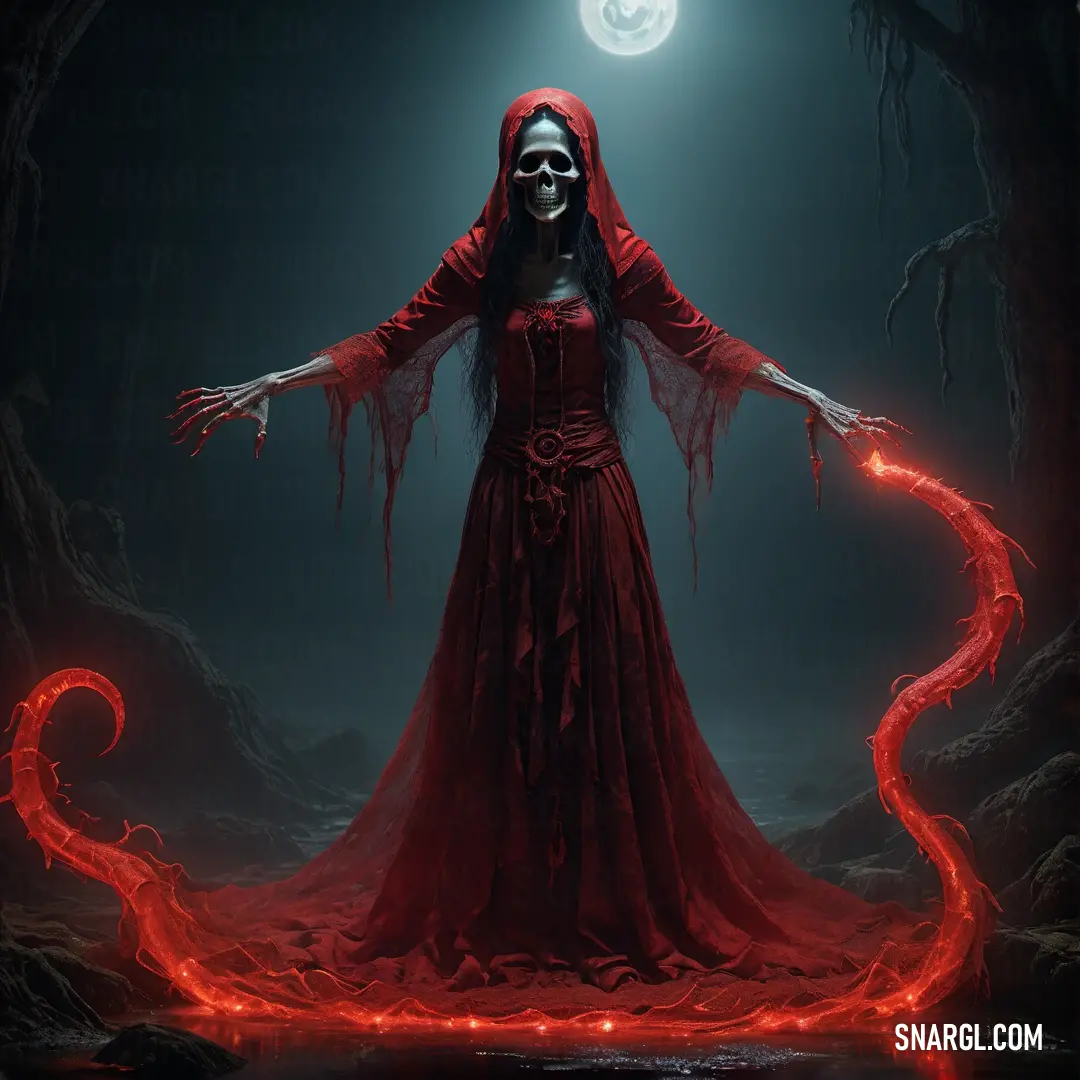
See these colors in NCS, PANTONE, RAL palettes...
What does a La Llorona look like?
La Llorona is a legendary figure in Latin American folklore, who is said to be the ghost of a woman who drowned her children and now wanders near water sources, crying and looking for them.
She is usually described as wearing a white dress or shawl, with long black hair covering her face.
Some say she has pale or greenish skin, sunken eyes, and sharp teeth.
Others claim she can change her appearance to lure unsuspecting victims.
She is feared by many people, especially children, who believe she will snatch them away if they disobey their parents or stay out late at night.
Example of the color palette for the image of La Llorona
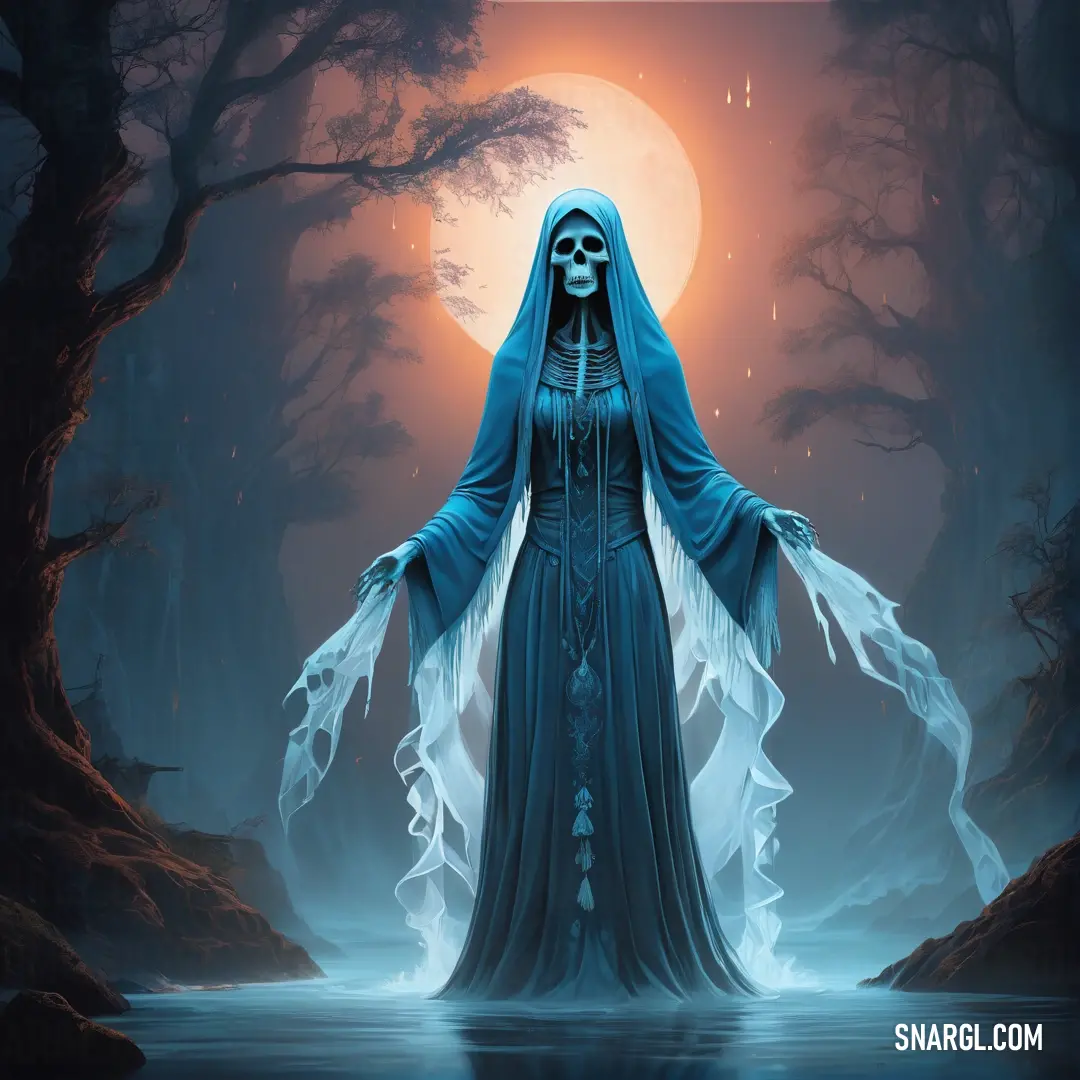
See these colors in NCS, PANTONE, RAL palettes...
What is the color of La Llorona?
Example of the color palette for the image of La Llorona
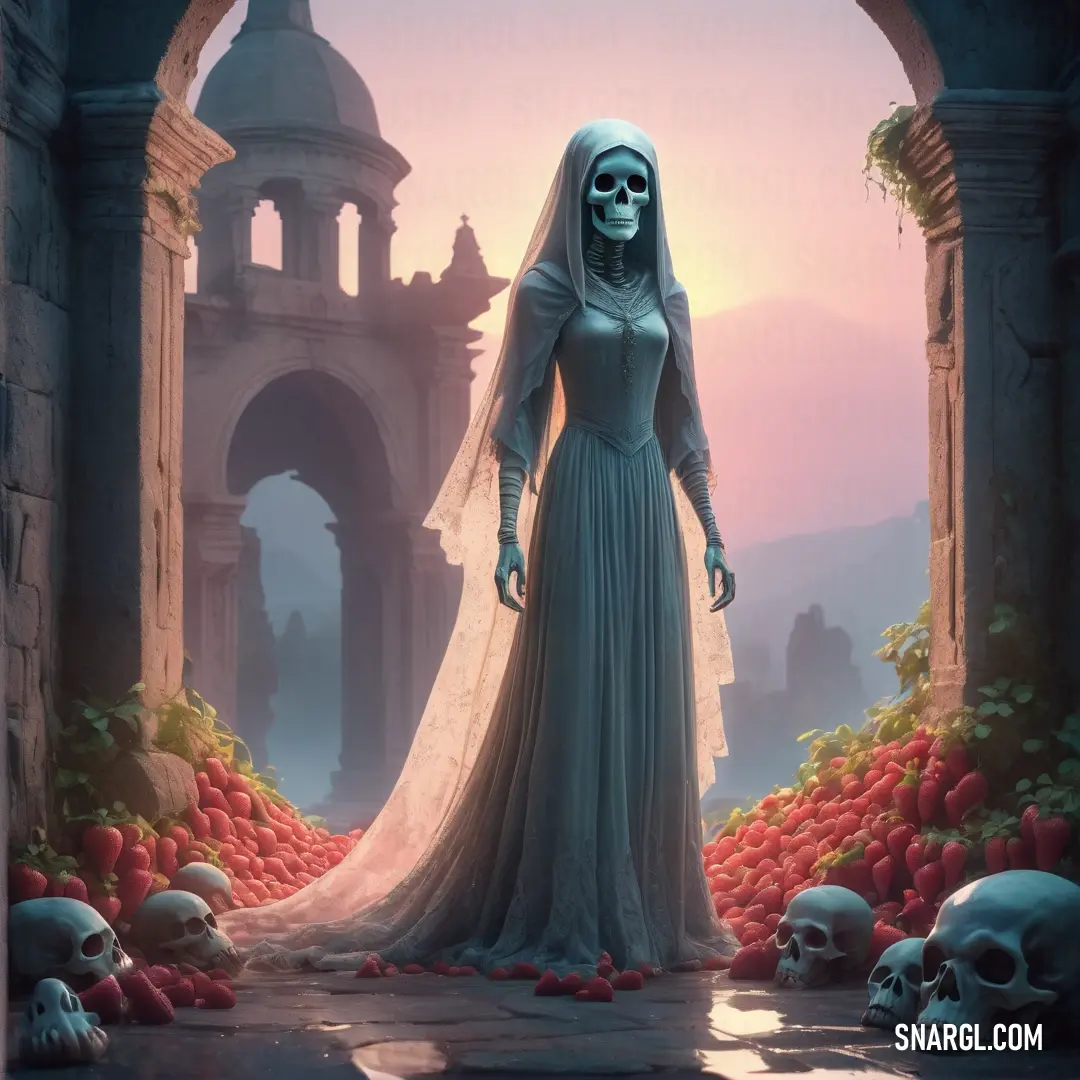
See these colors in NCS, PANTONE, RAL palettes...
What race is La Llorona?
La Llorona, known as "The Weeping Woman," is a legendary figure deeply rooted in Latin American folklore, particularly in Mexico and Mexican-American culture.
She is not associated with a specific "race" but is rather a mythological character whose origins are tied to cultural tales and beliefs.
The legend of La Llorona has various versions, but commonly, she is portrayed as the ghost of a woman who mourns her drowned children, wandering near bodies of water and crying out for them.
Her story is often used as a cautionary tale to warn children about the dangers of wandering alone at night.
Historically, La Llorona is linked to pre-Hispanic cultures and is thought to be connected to Aztec goddesses like Ciuacoatl, who is depicted as a "savage beast and an evil omen" appearing in white and weeping at night, and Chalchiuhtlicue, the goddess of rivers and water.
These connections suggest that the legend of La Llorona predates the Spanish conquest and has evolved over time, incorporating elements from both indigenous and Spanish cultures.
In contemporary times, La Llorona remains a popular figure in arts, music, and media, symbolizing various themes such as loss, grief, and social issues.
Her story continues to be told and retold, adapting to modern contexts while retaining its traditional roots.
In essence, La Llorona transcends the concept of race, embodying a cultural symbol that reflects the rich tapestry of Latin American folklore and its historical layers.
Her legend is a testament to the enduring power of storytelling and its ability to convey complex emotions and societal values across generations.
Example of the color palette for the image of La Llorona
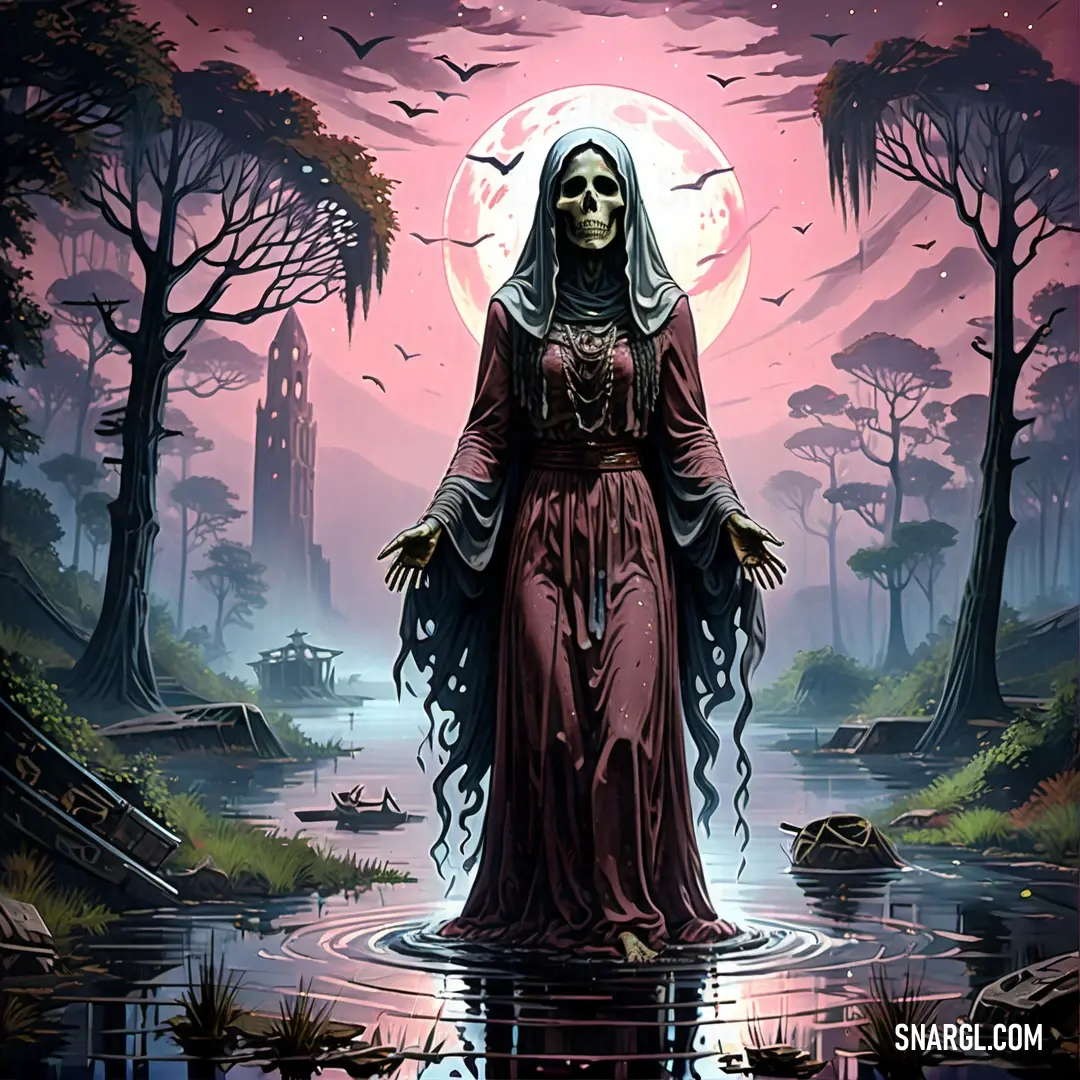
See these colors in NCS, PANTONE, RAL palettes...
What is La Llorona similar to?
She is a ghostly woman who wanders near bodies of water, crying for her children whom she drowned in a fit of rage or despair.
She is said to bring misfortune or death to those who hear her wails or see her apparition.
There are many stories and variations of La Llorona, but some possible sources of inspiration or similarity are:
The Aztec goddess Cihuacōātl, who was also associated with motherhood, water, and weeping.
She was said to appear as a woman with a snake-like lower body and to foretell the destruction of the Aztec empire by crying out at night.The Greek myth of Lamia, a woman who became a child-eating monster after Hera killed her children by Zeus.
She was also said to have a serpent-like lower body and to lure men to their doom with her beauty.The German folktale of Die Weisse Frau, a white-clad woman who haunts castles and warns of impending death.
She was sometimes said to be the ghost of a woman who killed her children or was killed by her husband.
There may be more in other cultures or traditions.
La Llorona is a fascinating and terrifying legend that reflects the fears, values, and history of the people who tell it.
Example of the color palette for the image of La Llorona
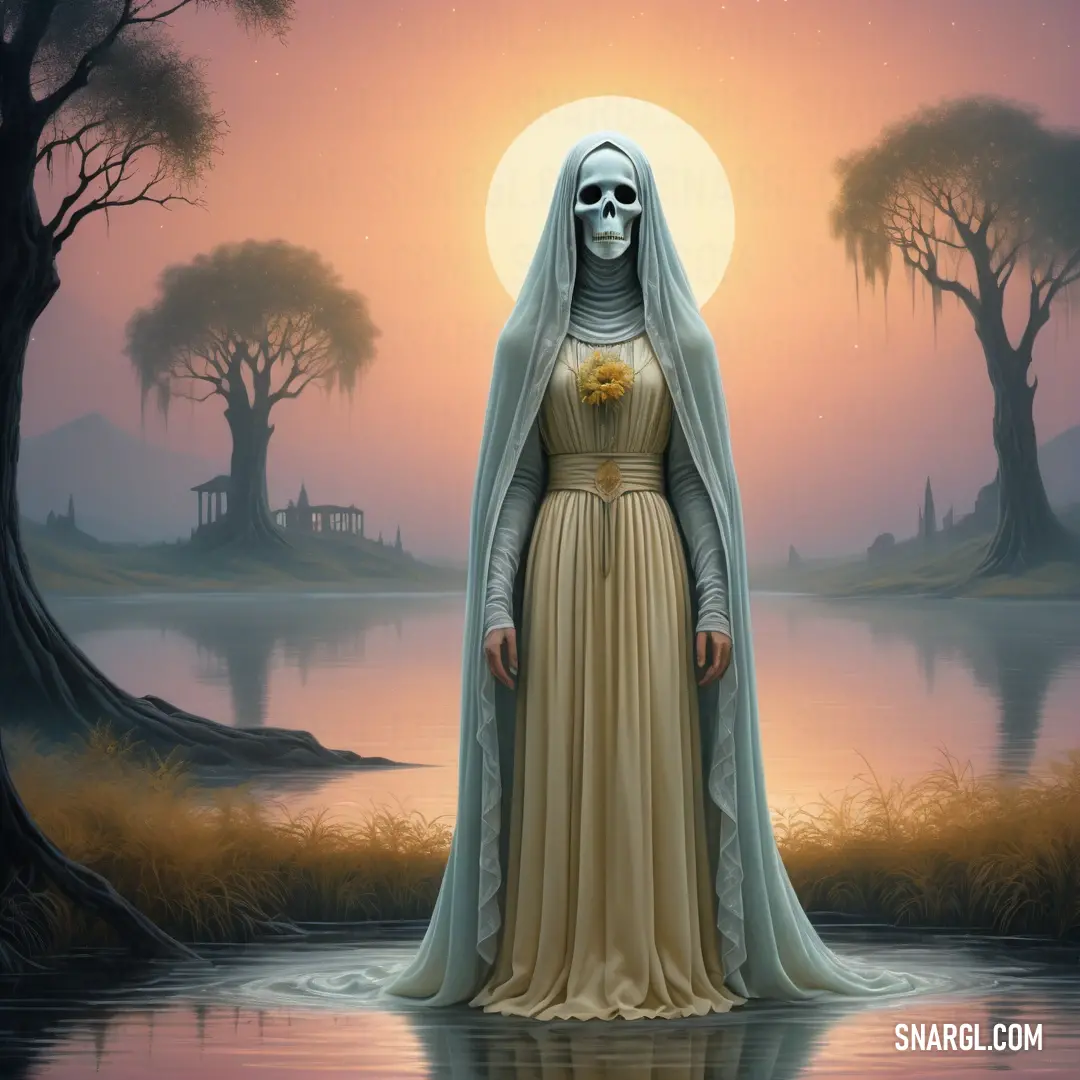
See these colors in NCS, PANTONE, RAL palettes...


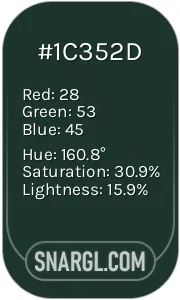 Medium jungle green
Medium jungle green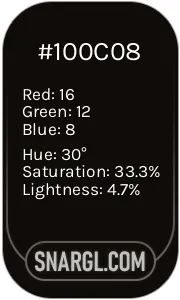 Smoky black
Smoky black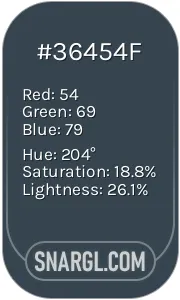 Charcoal
Charcoal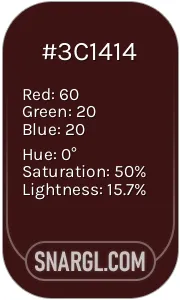 Dark sienna
Dark sienna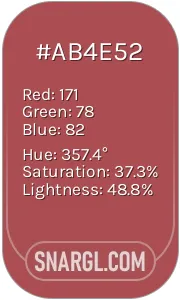 Rose vale
Rose vale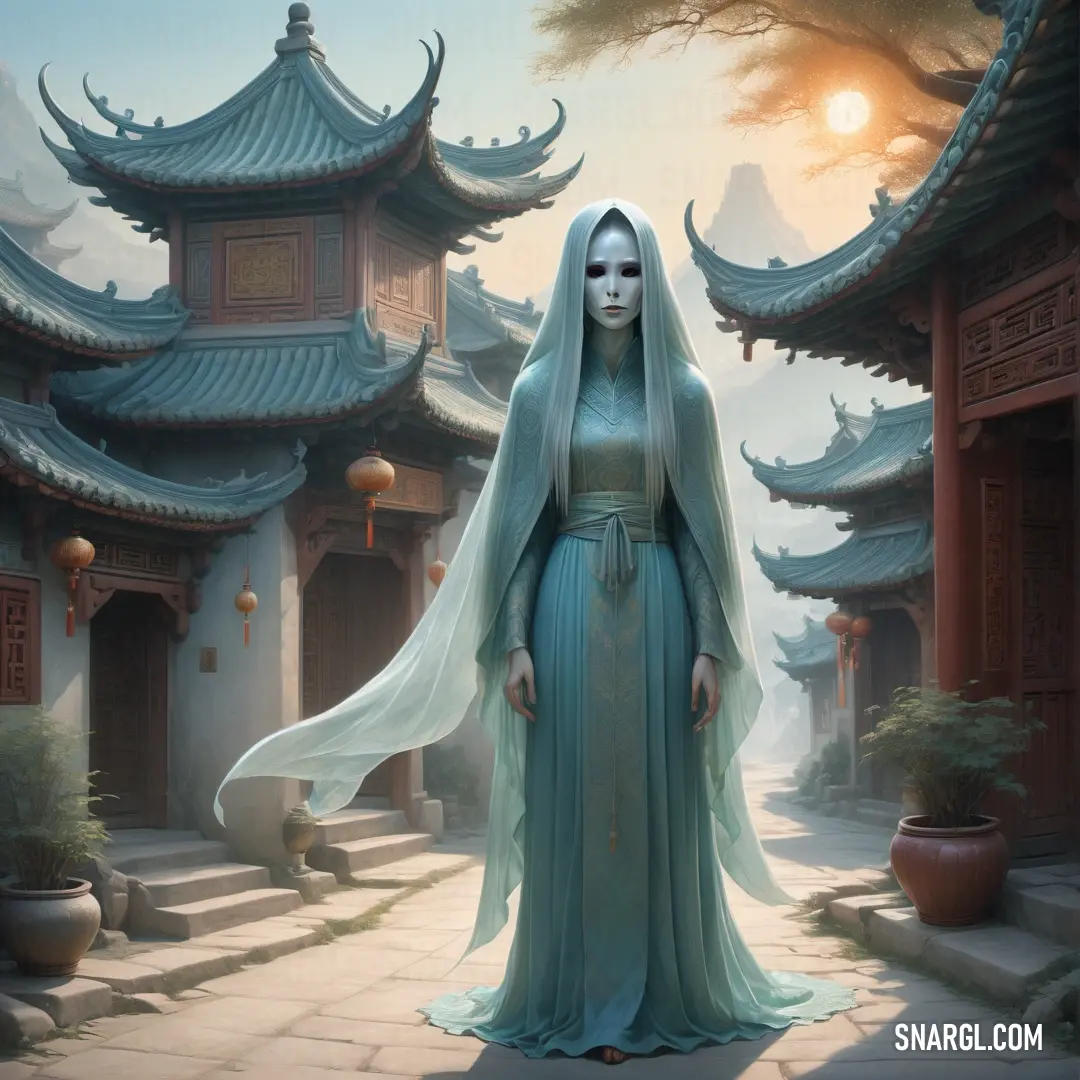
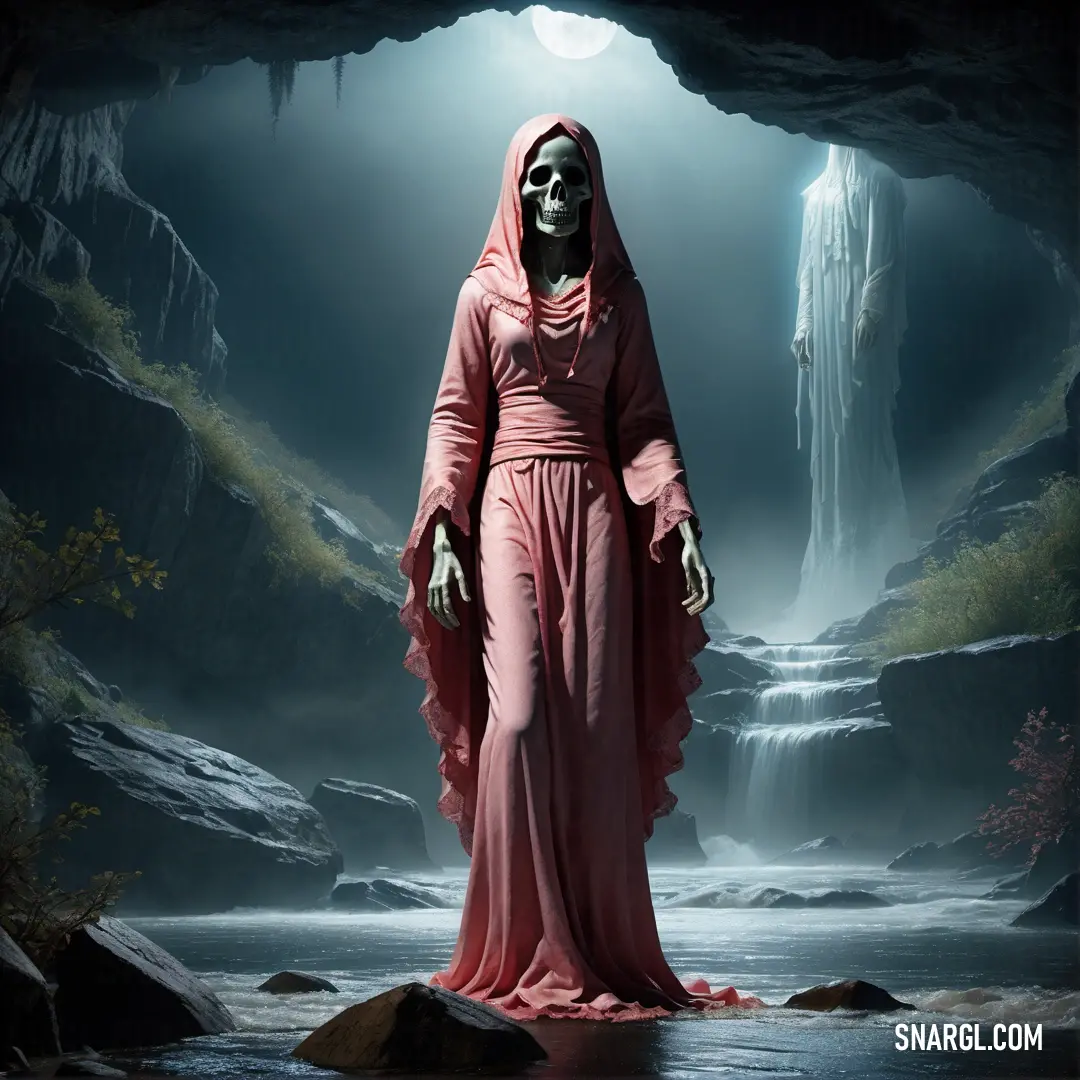
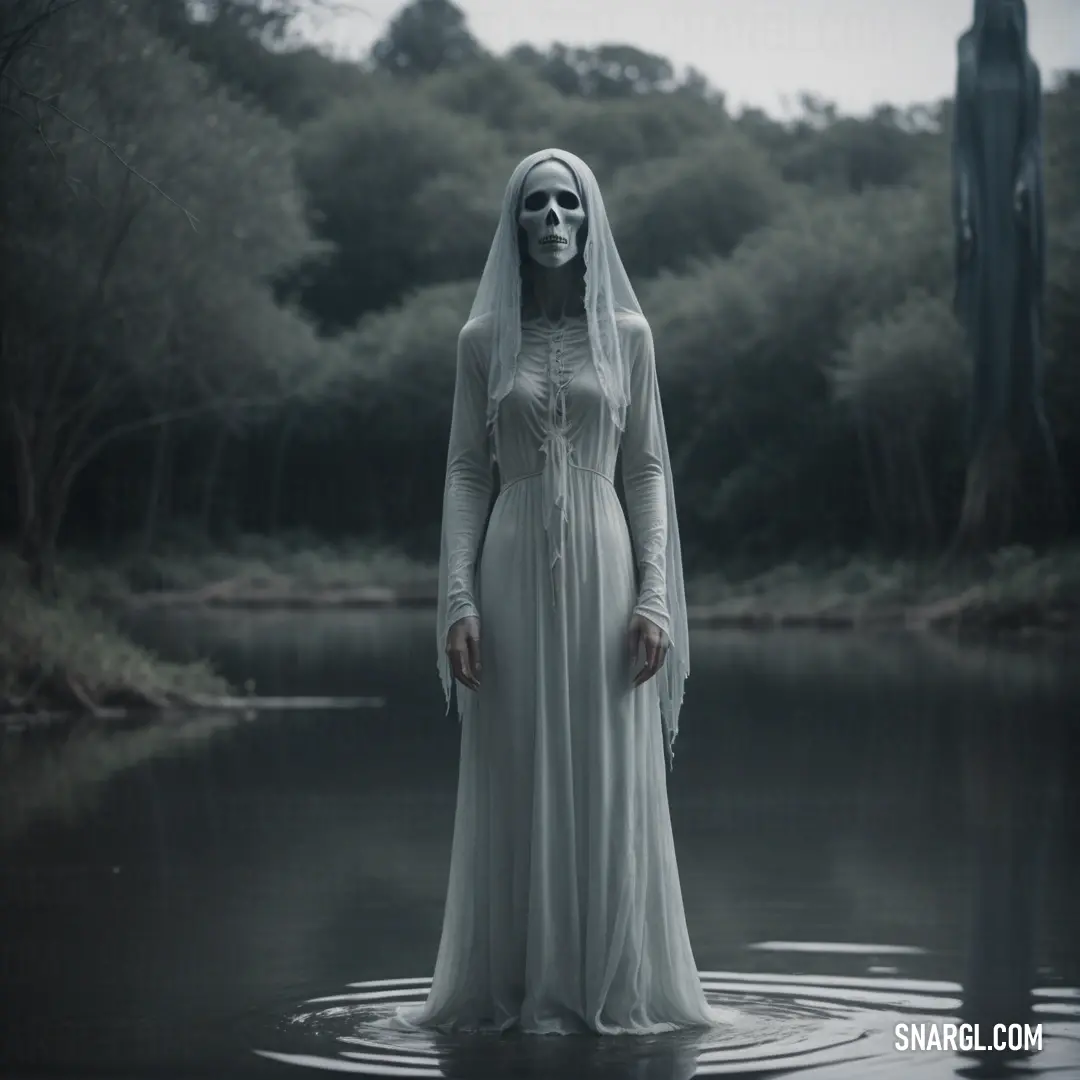
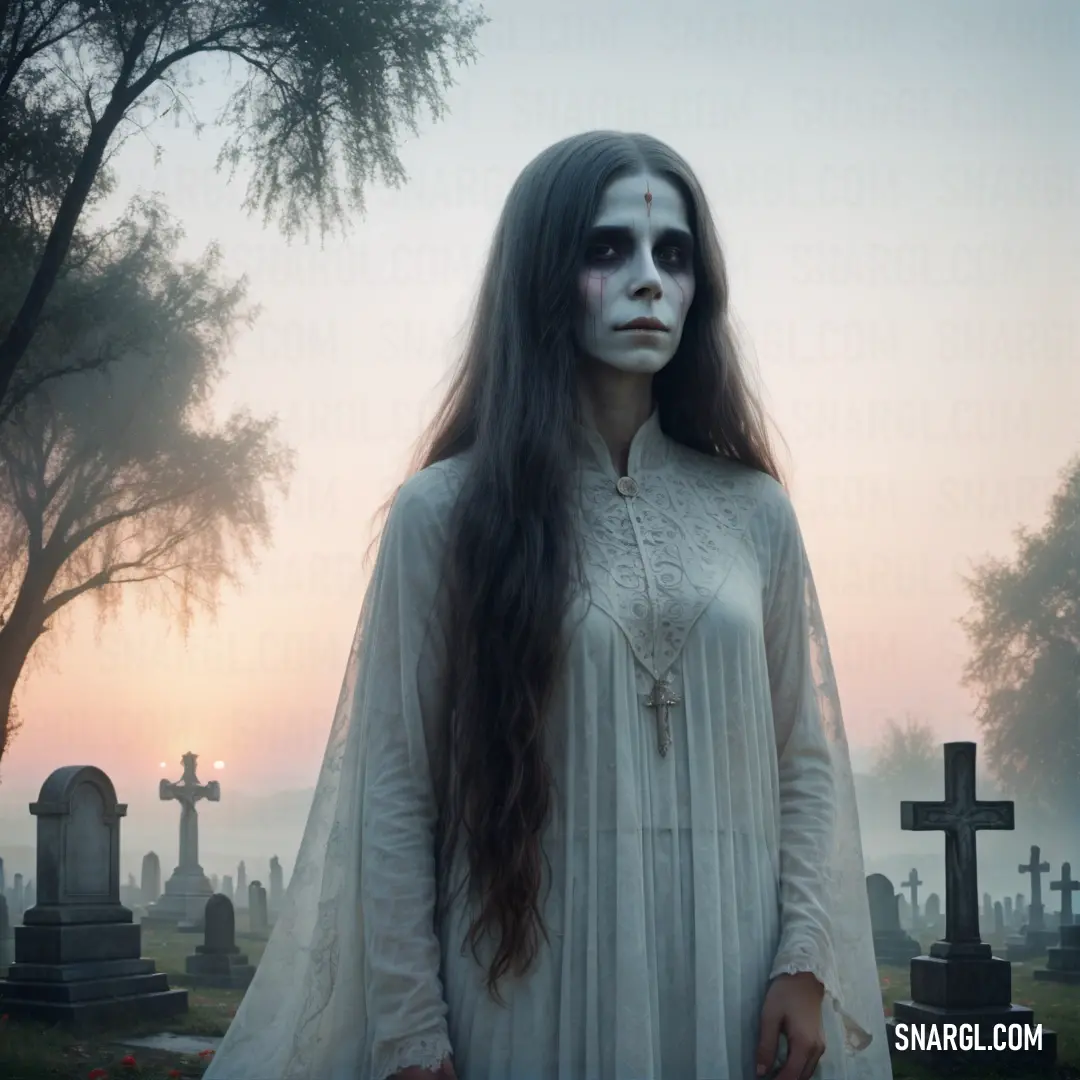
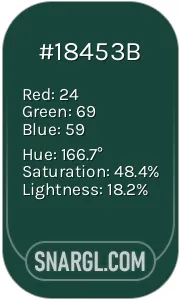 MSU Green
MSU Green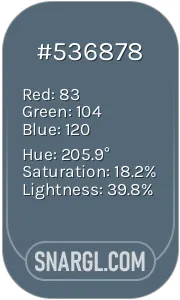 Dark electric blue
Dark electric blue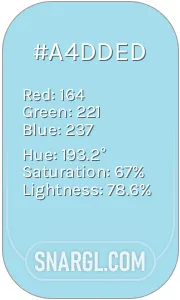 Non-photo blue
Non-photo blue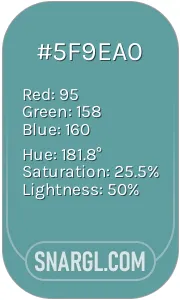 Cadet blue
Cadet blue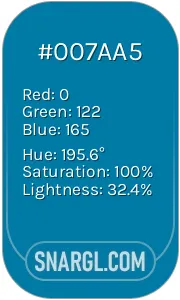 CG Blue
CG Blue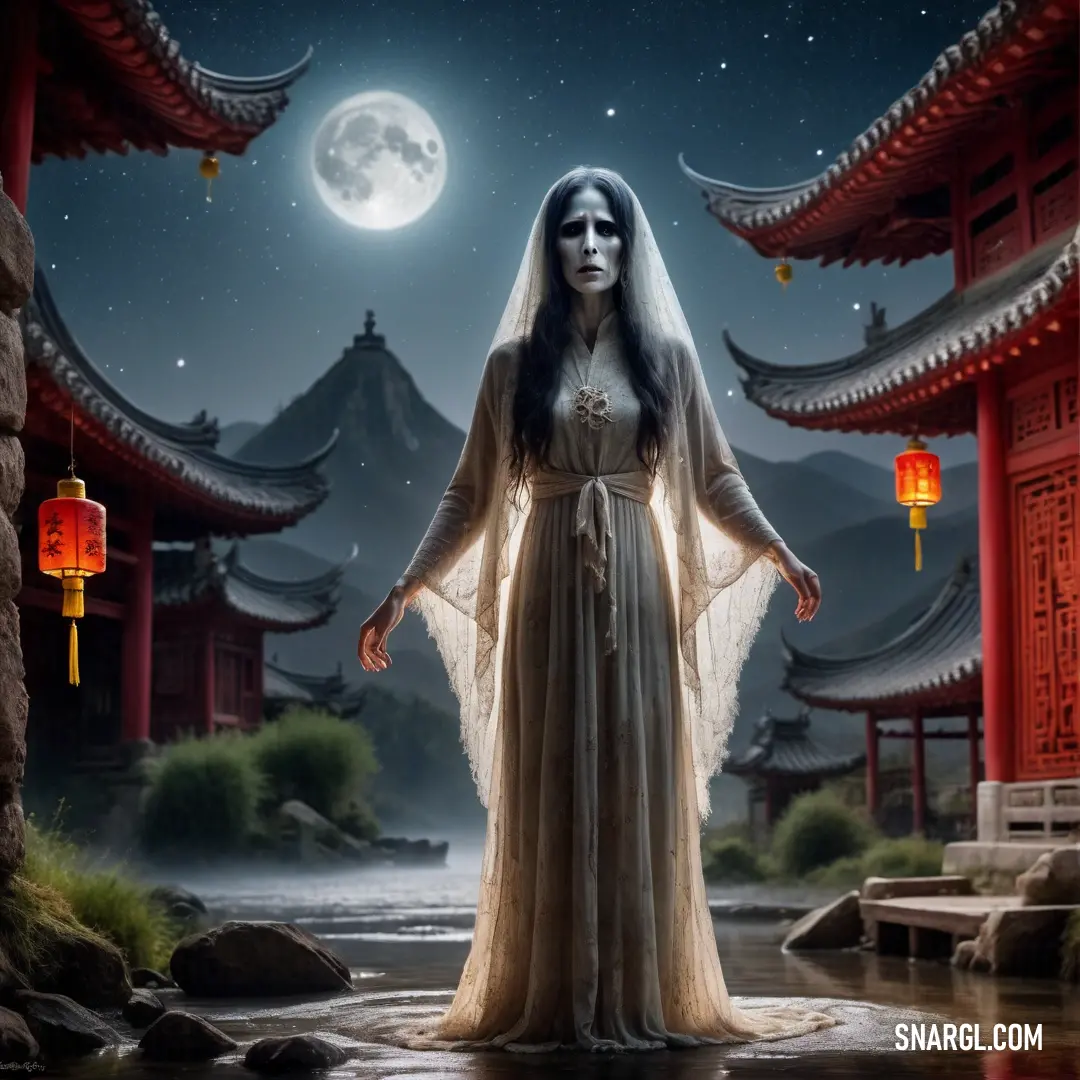
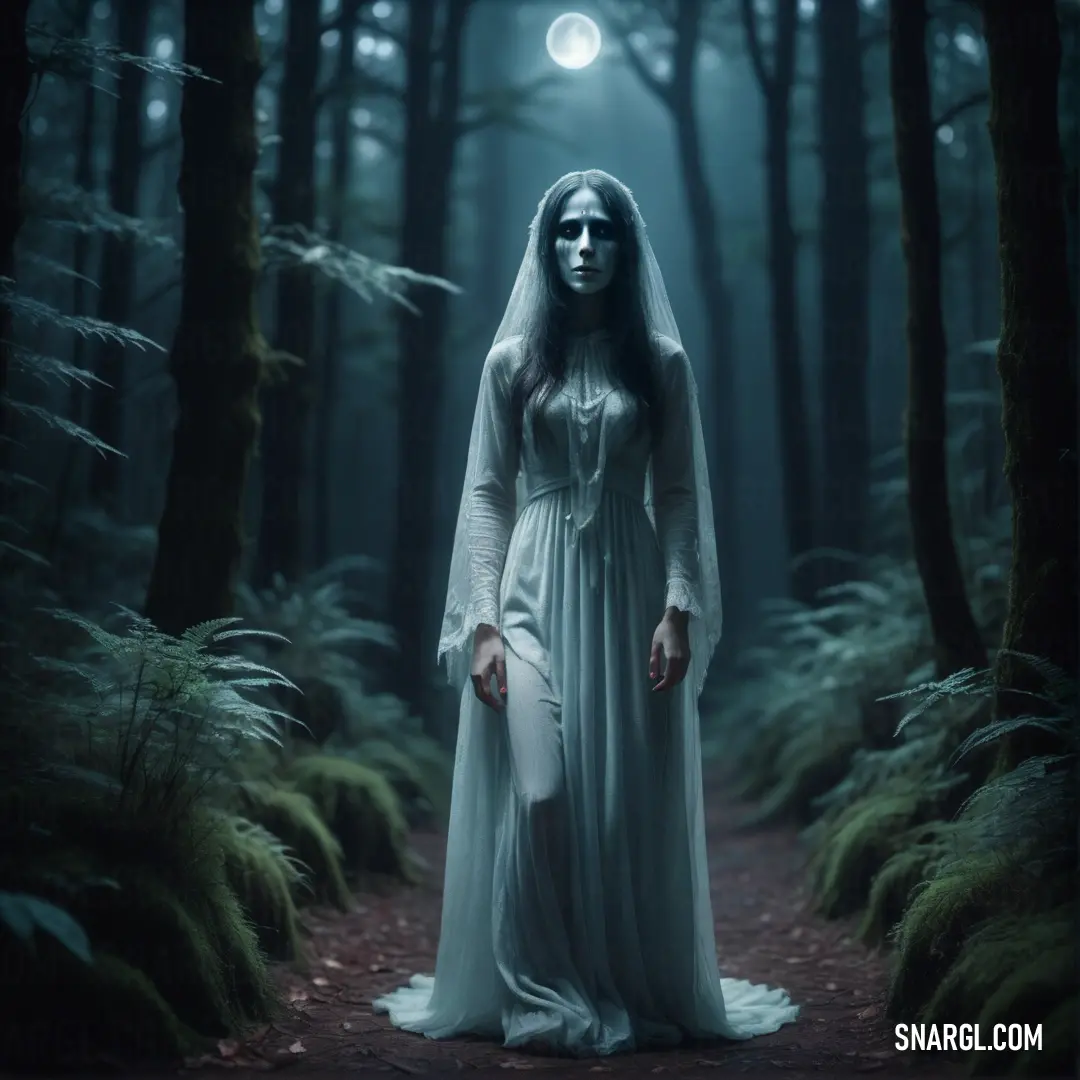
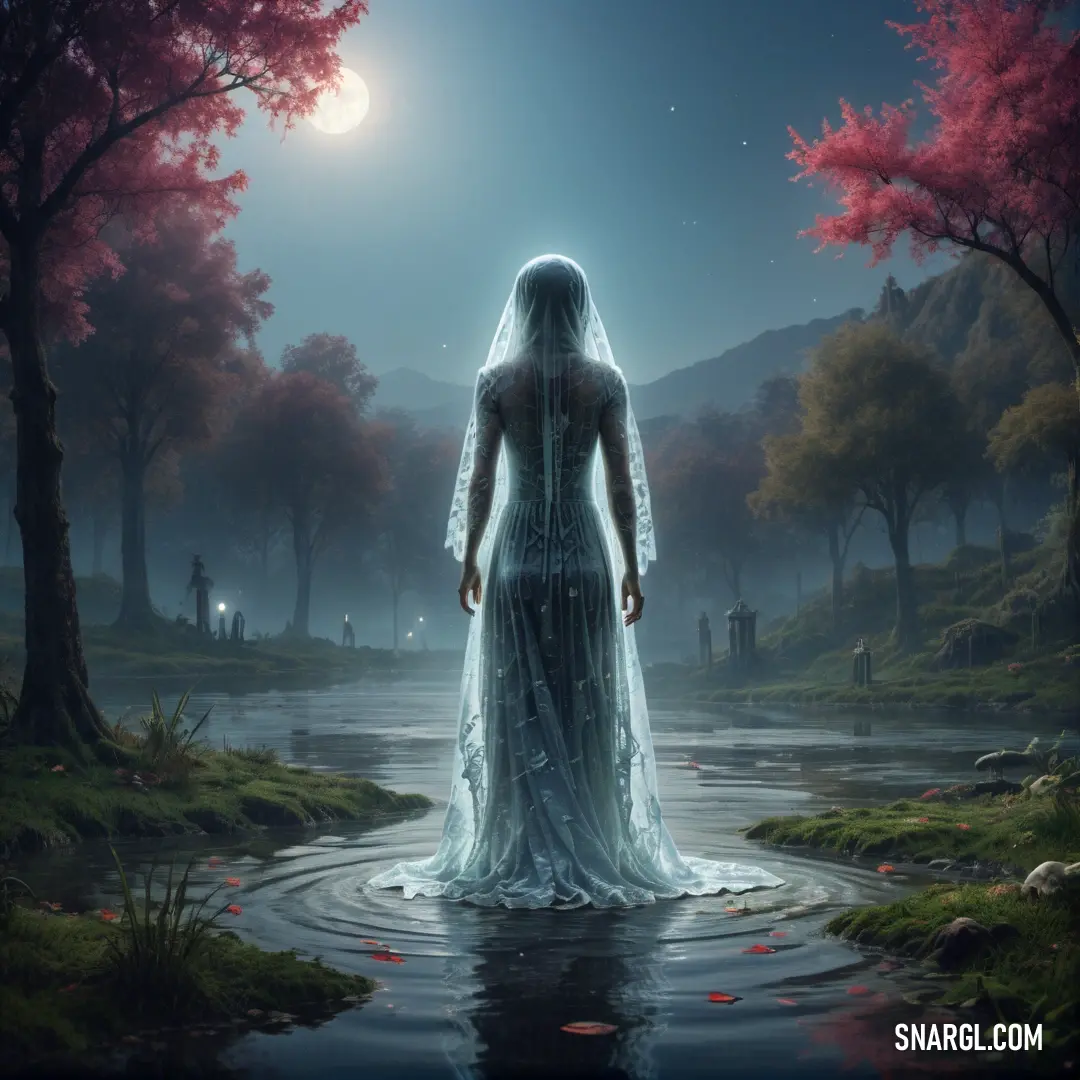
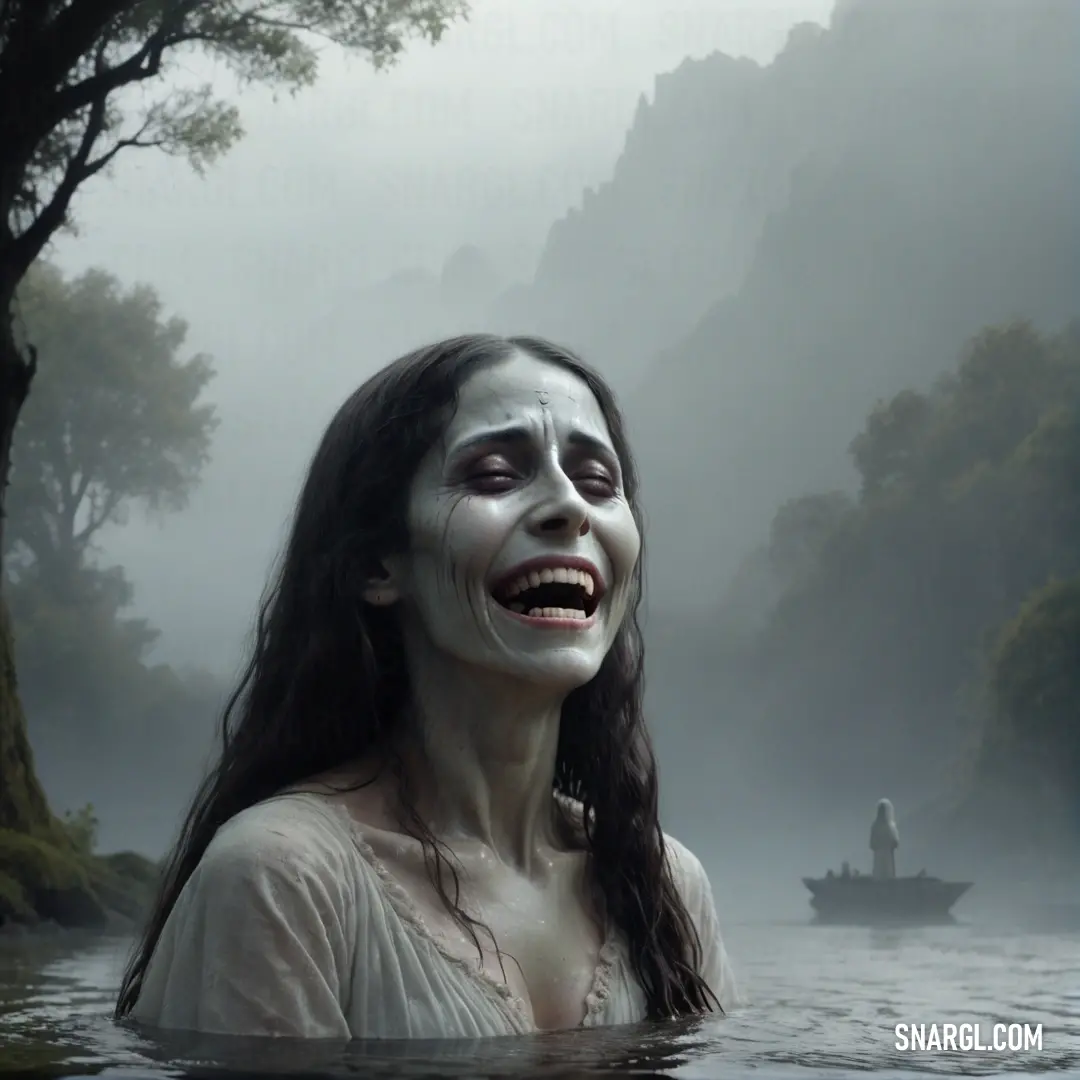
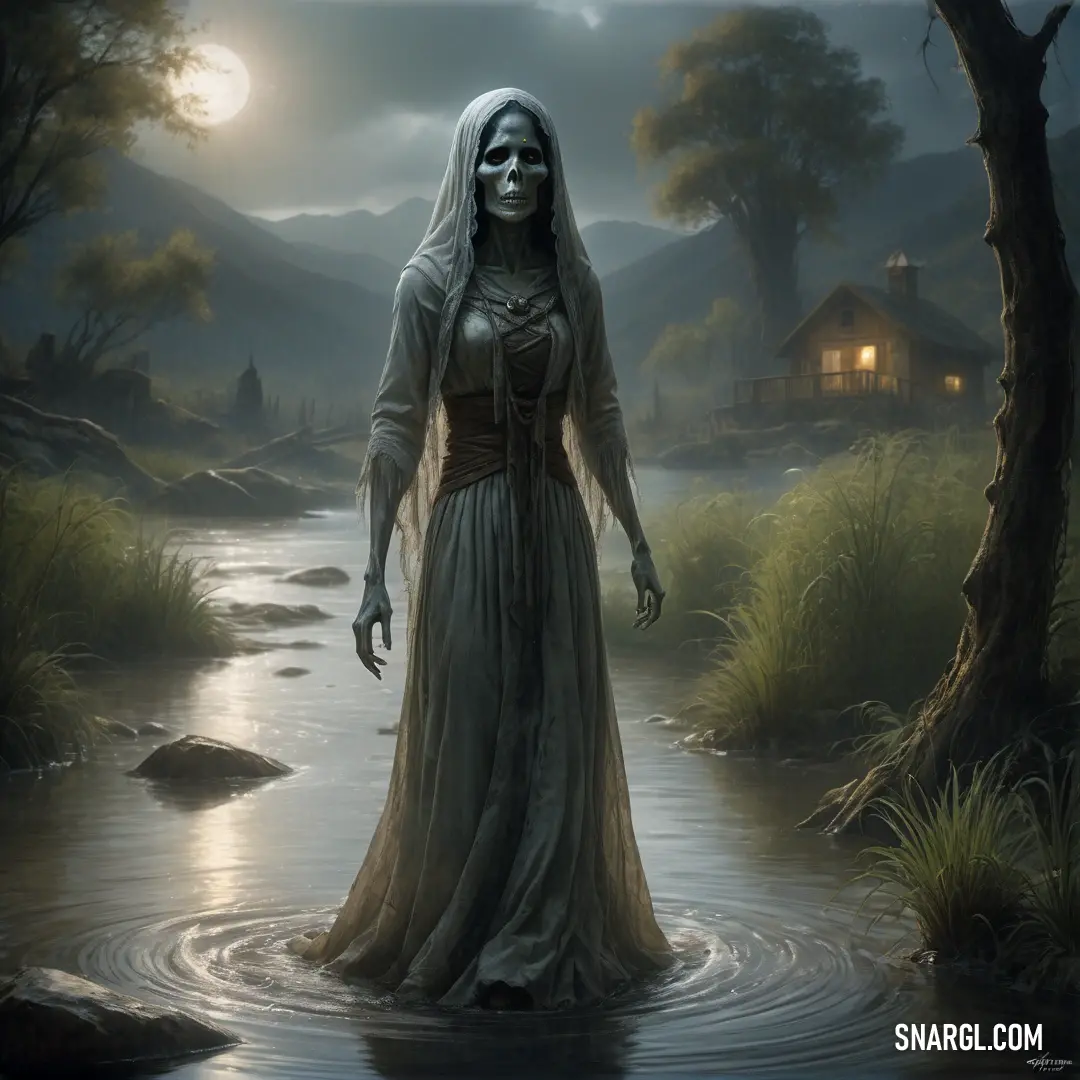
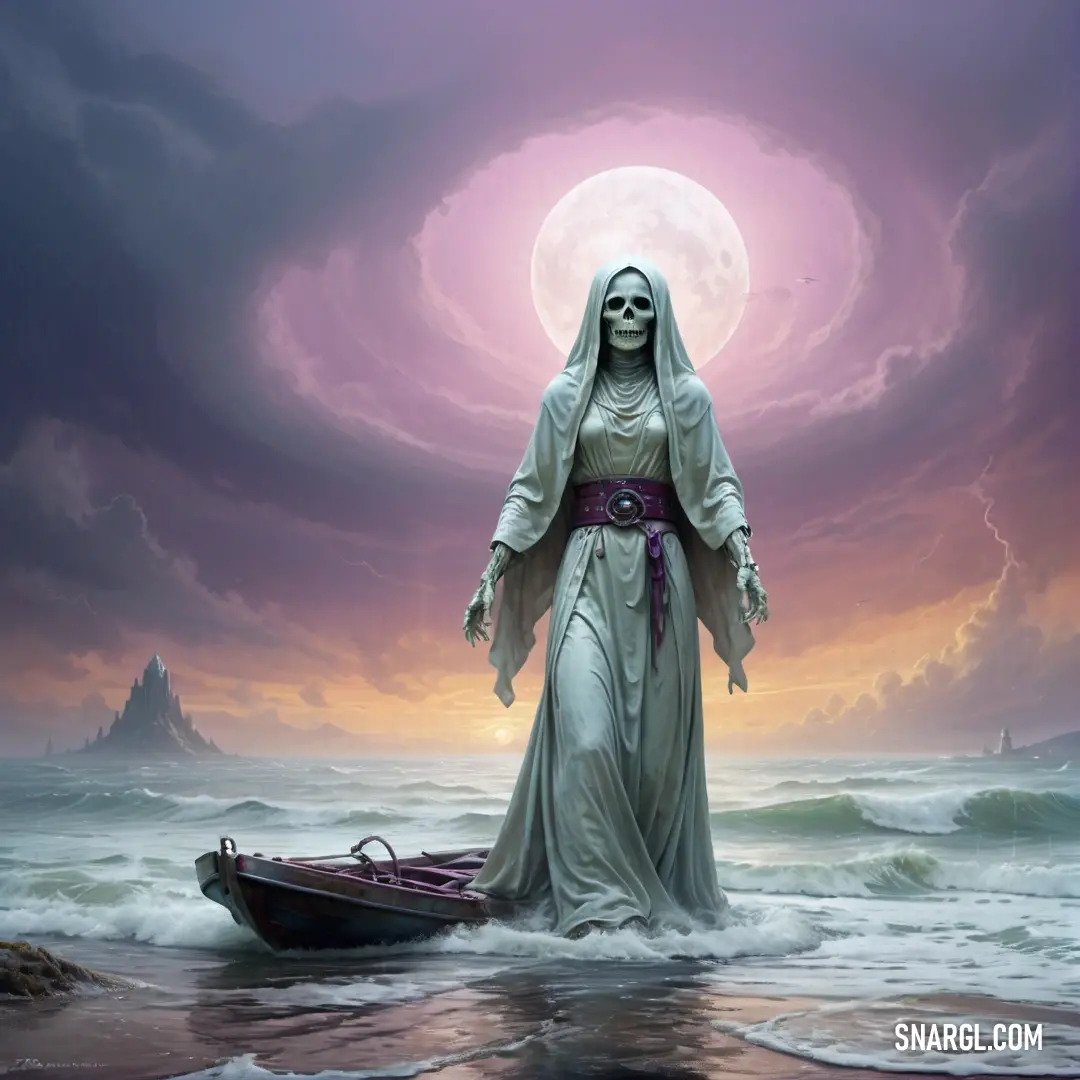
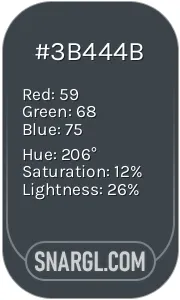 Arsenic
Arsenic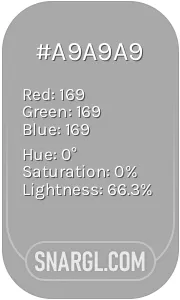 Dark gray
Dark gray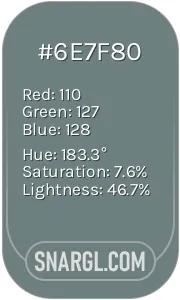 AuroMetalSaurus
AuroMetalSaurus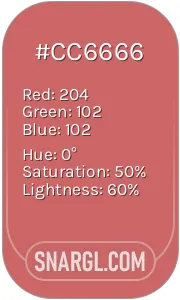 Fuzzy Wuzzy
Fuzzy Wuzzy Medium carmine
Medium carmine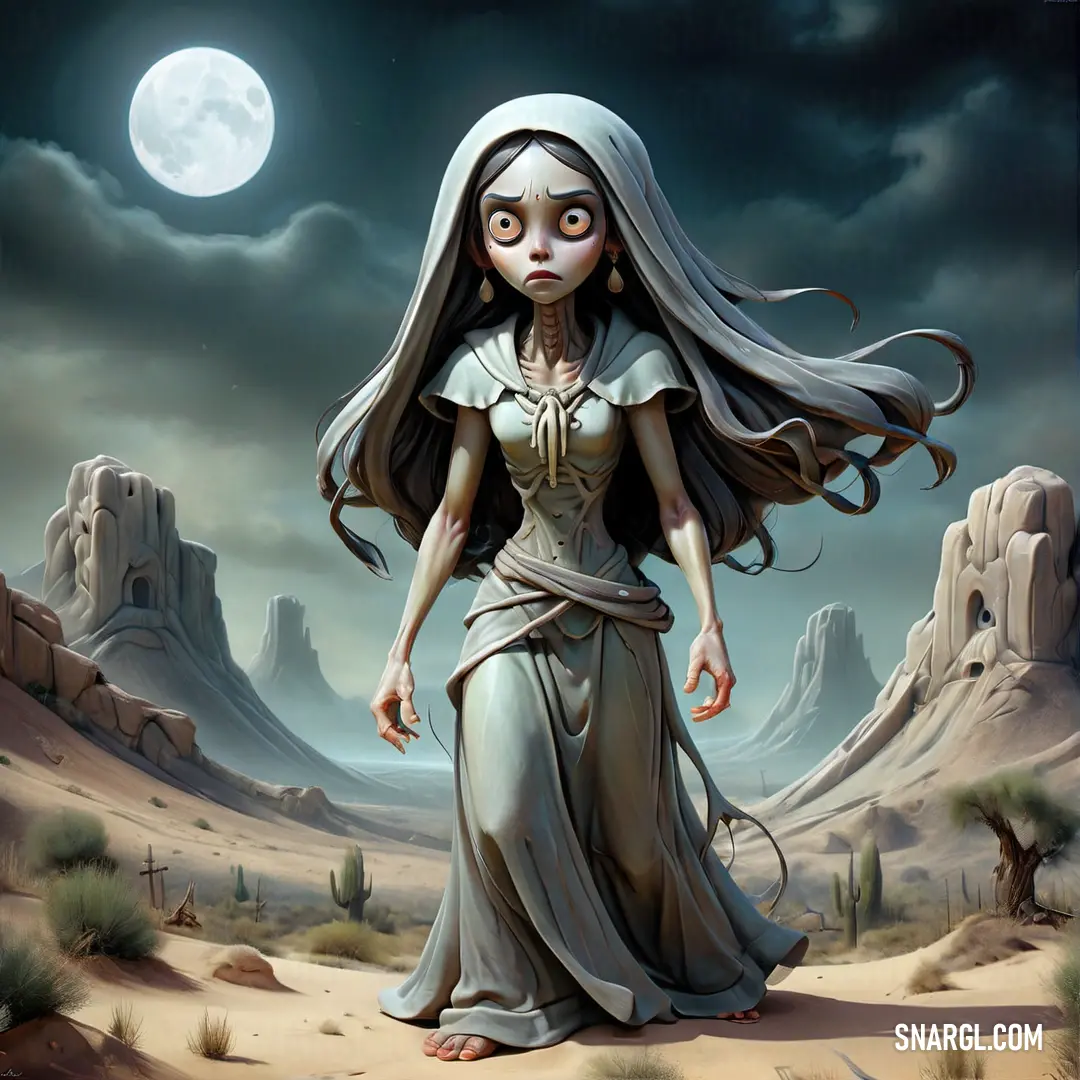
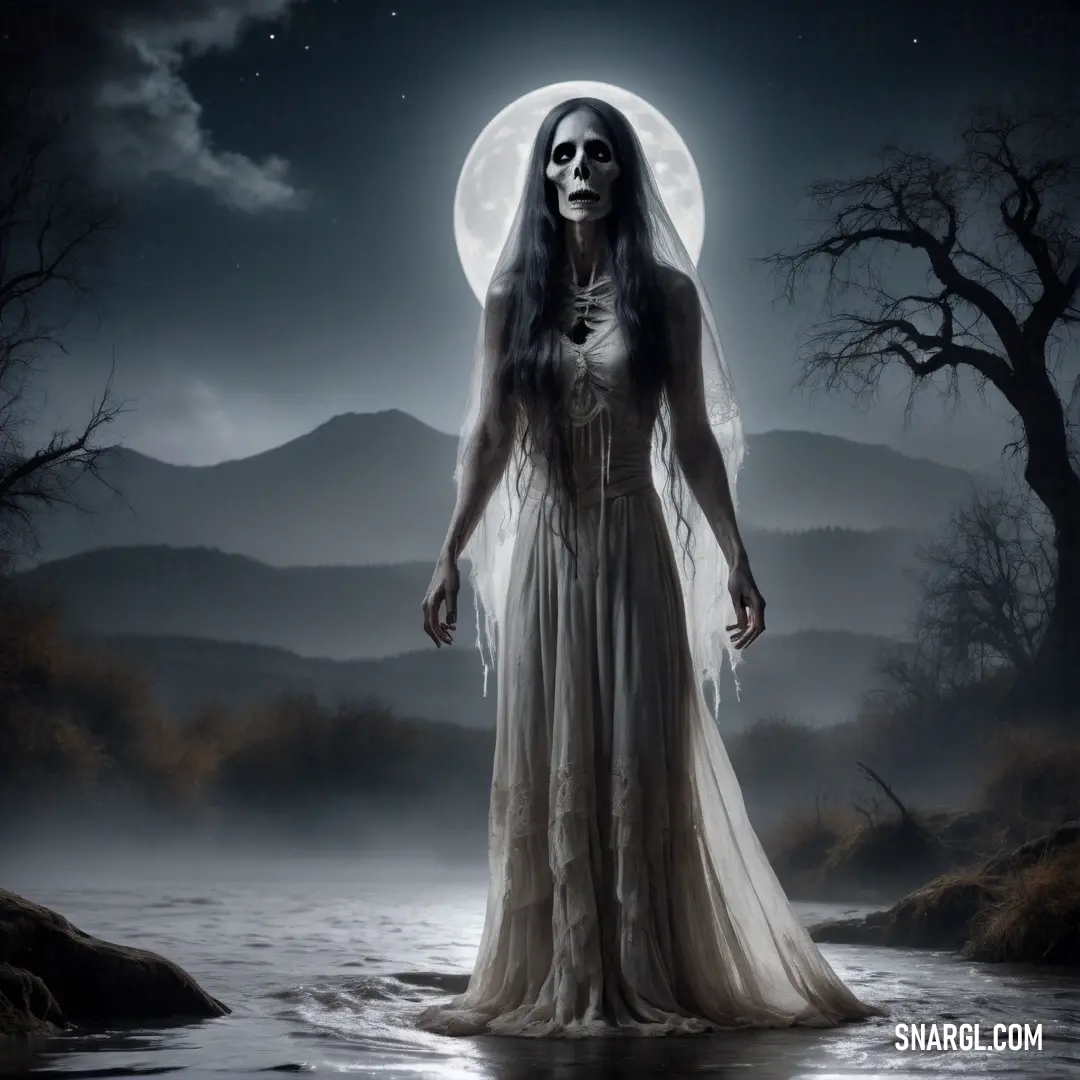
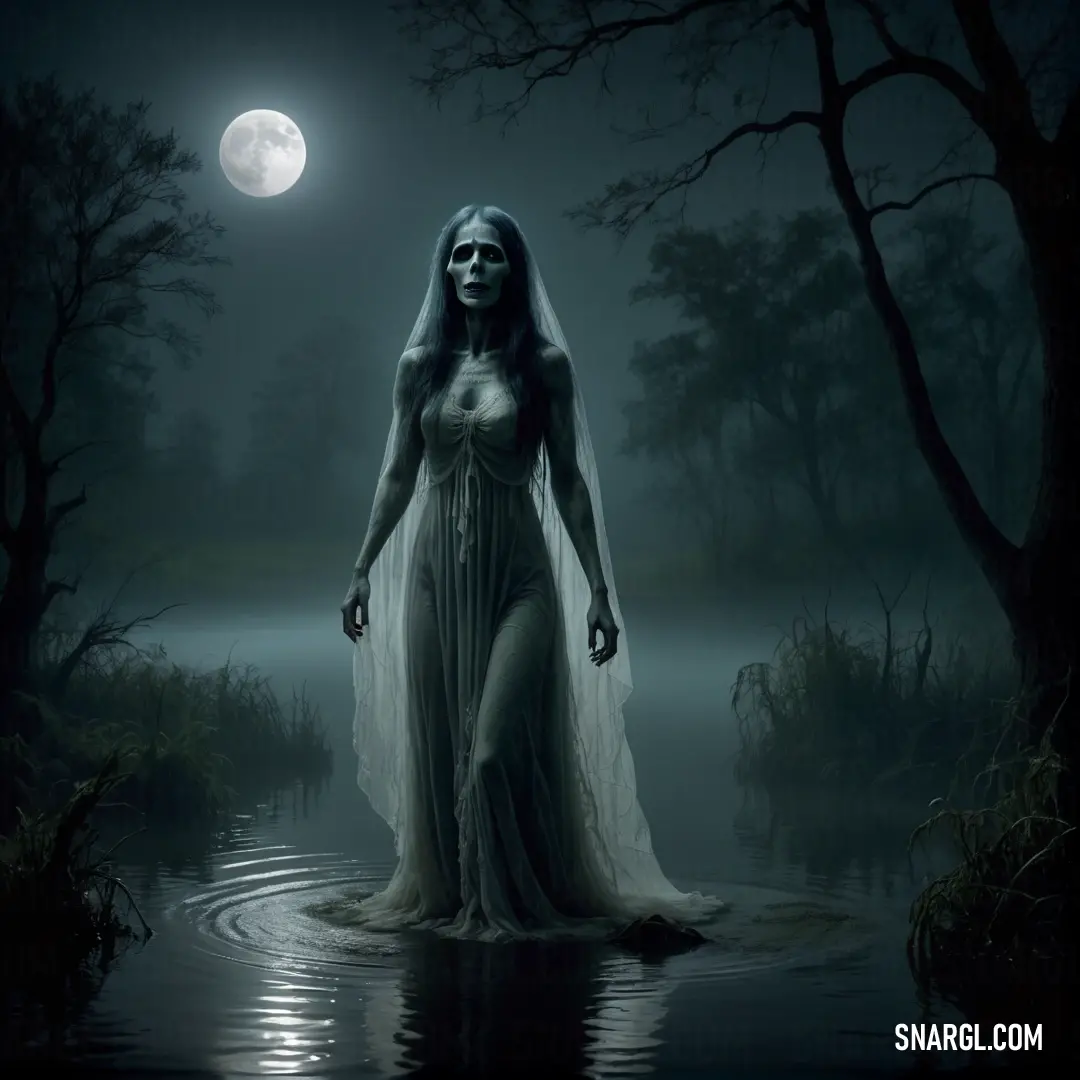
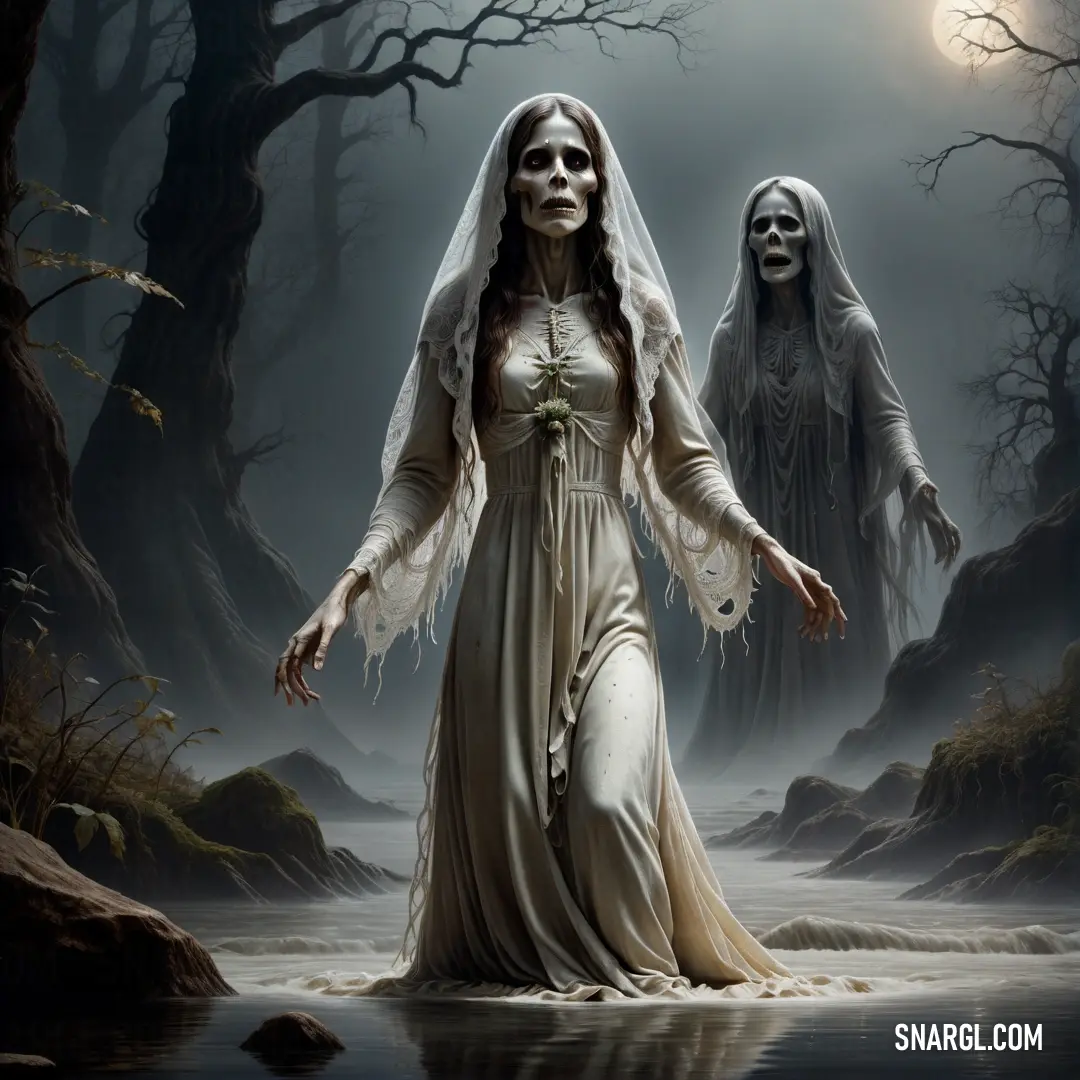
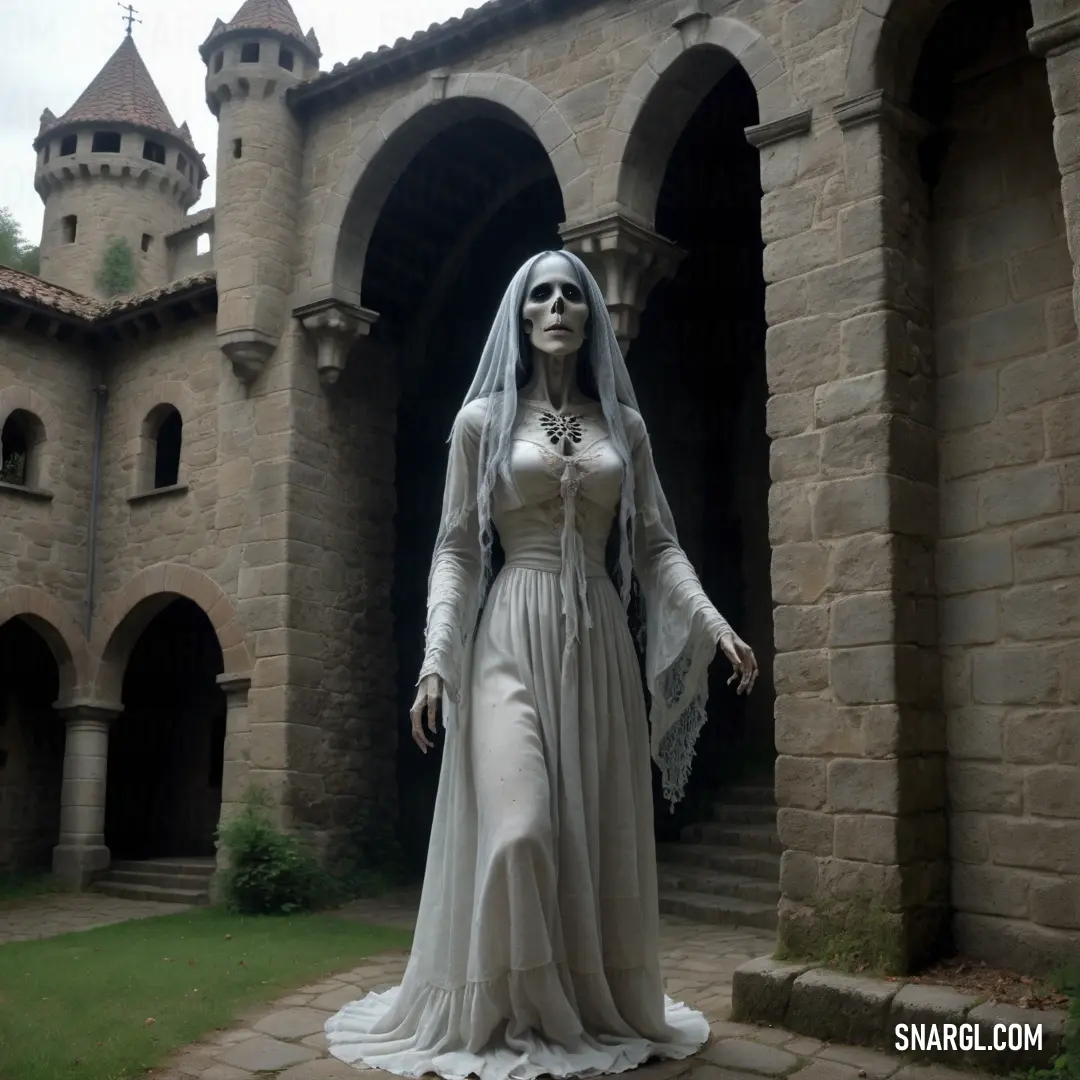
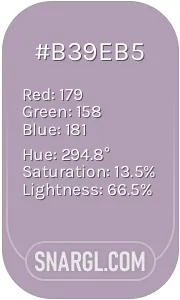 Pastel purple
Pastel purple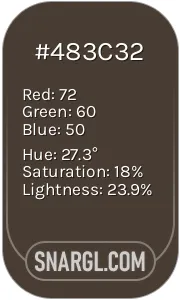 Dark lava
Dark lava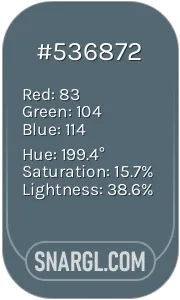 Cadet
Cadet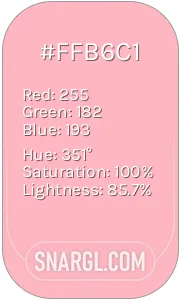 Light pink
Light pink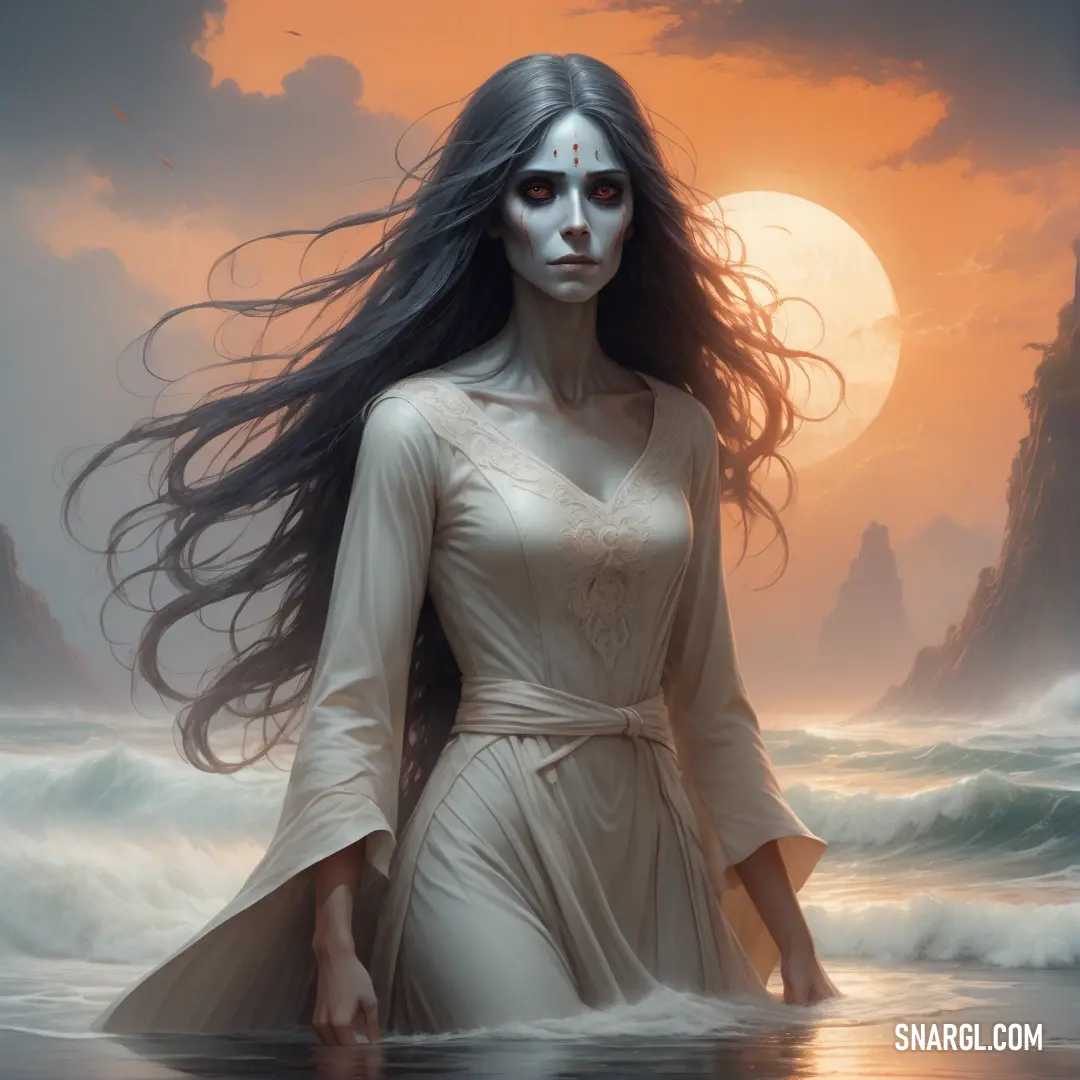
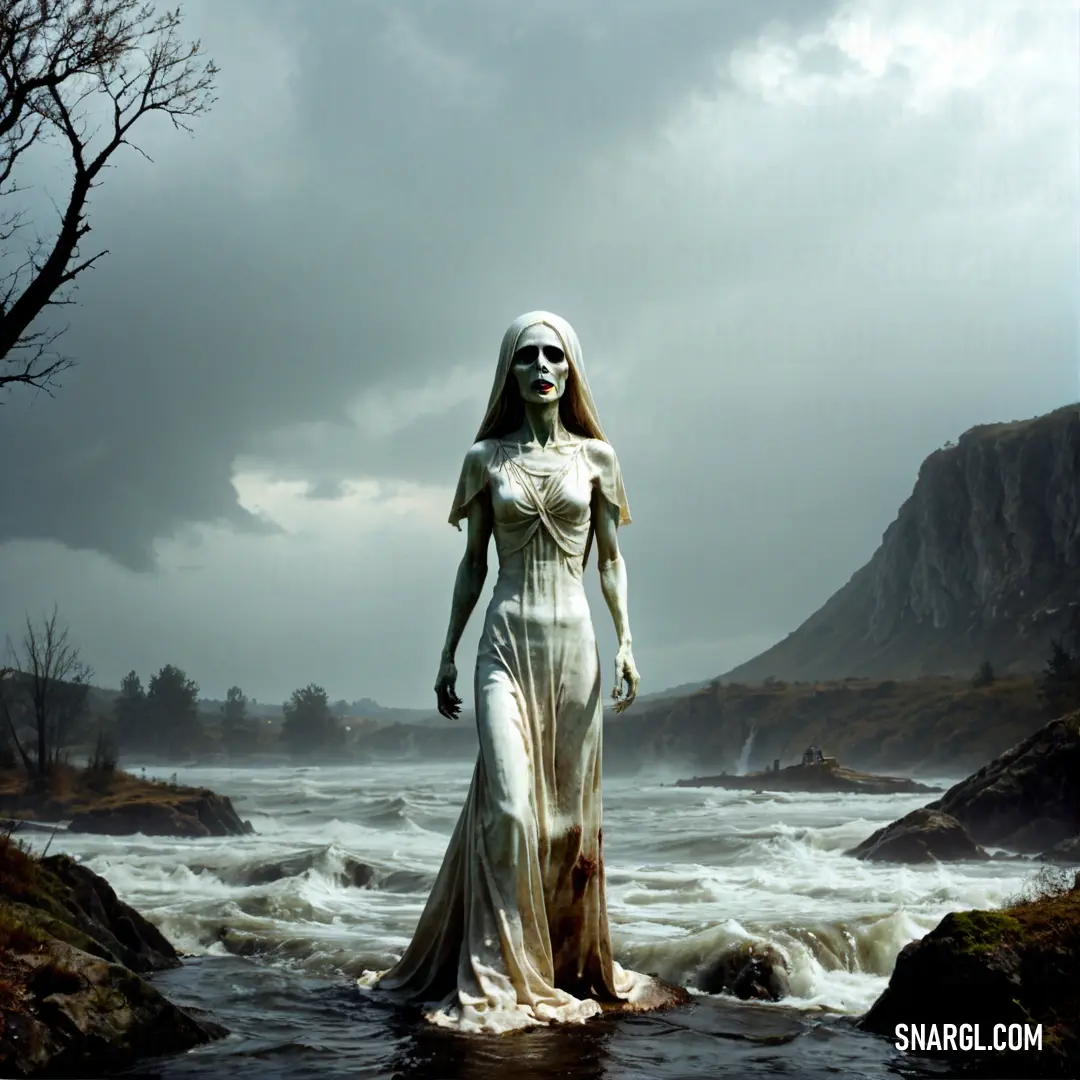
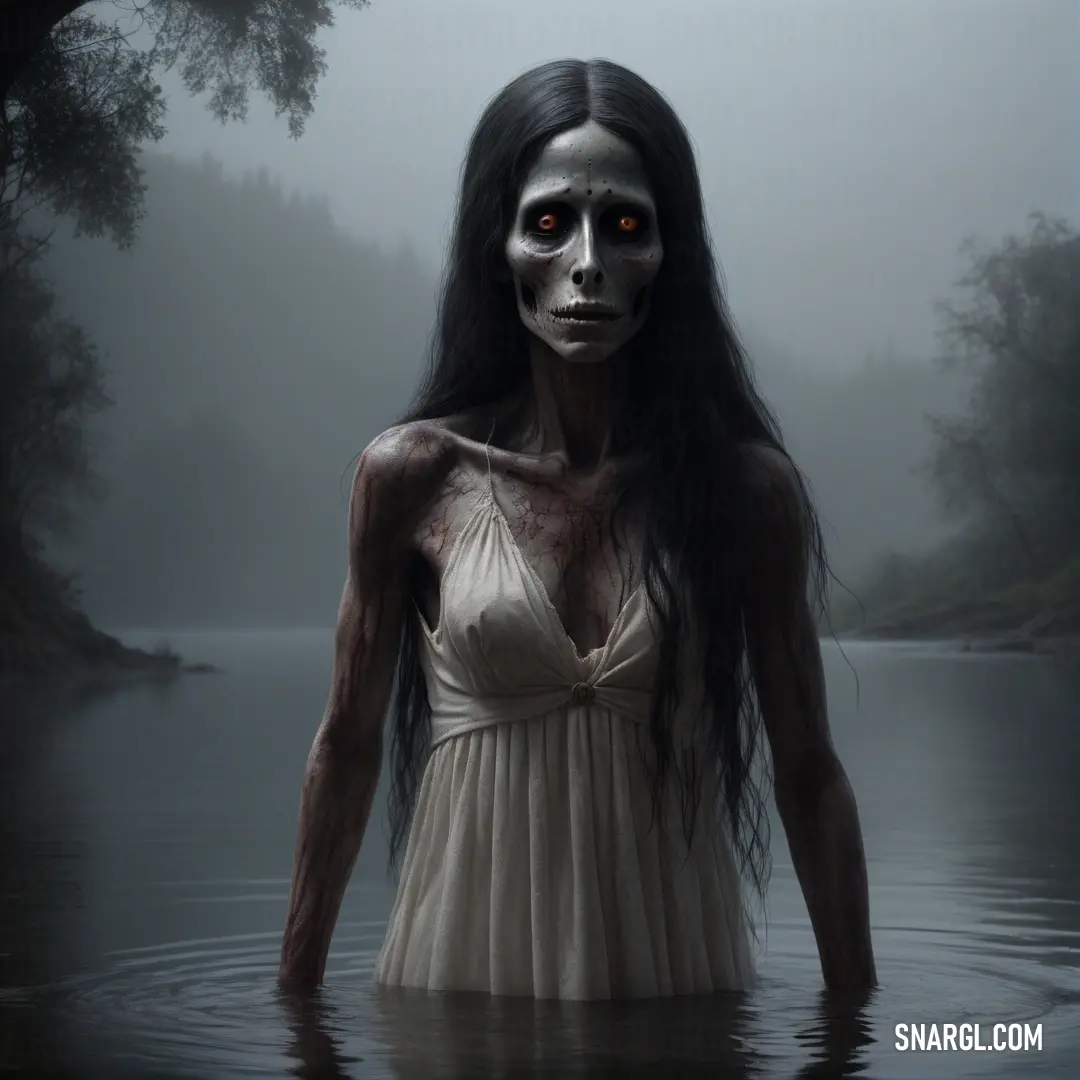
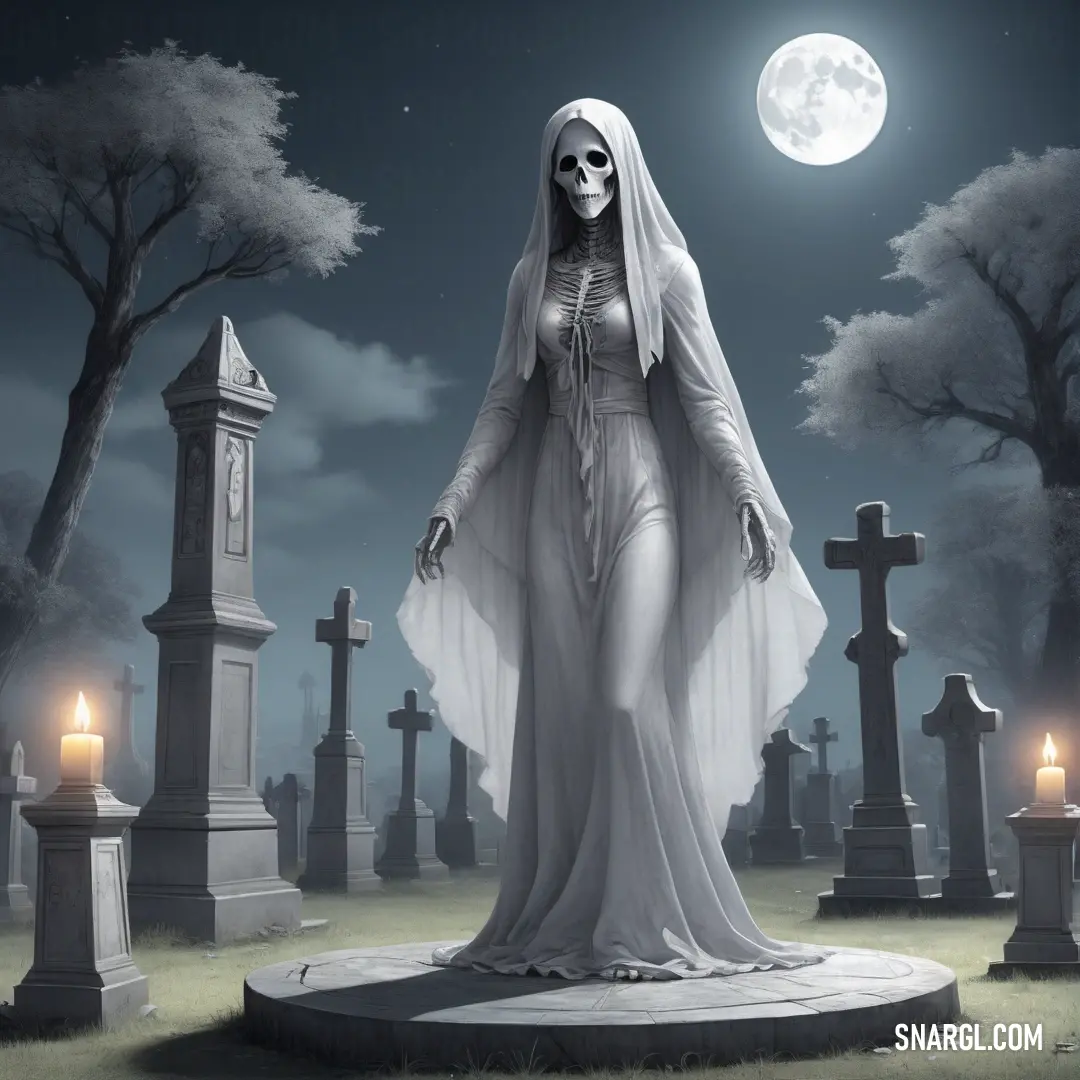
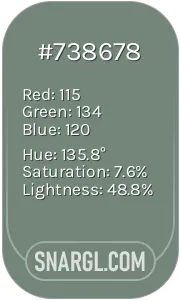 Xanadu
Xanadu Tumbleweed
Tumbleweed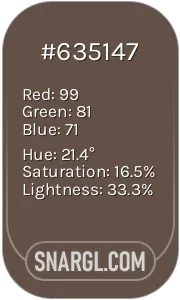 Umber
Umber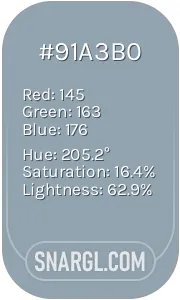 Cadet grey
Cadet grey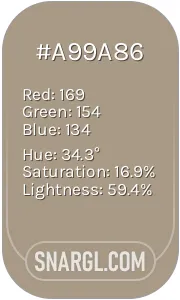 Grullo
Grullo







